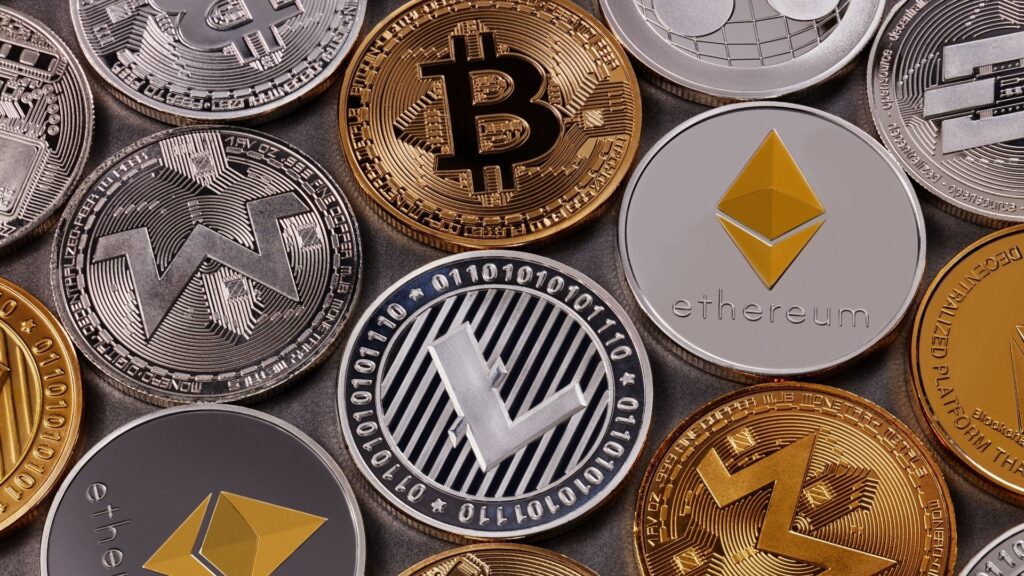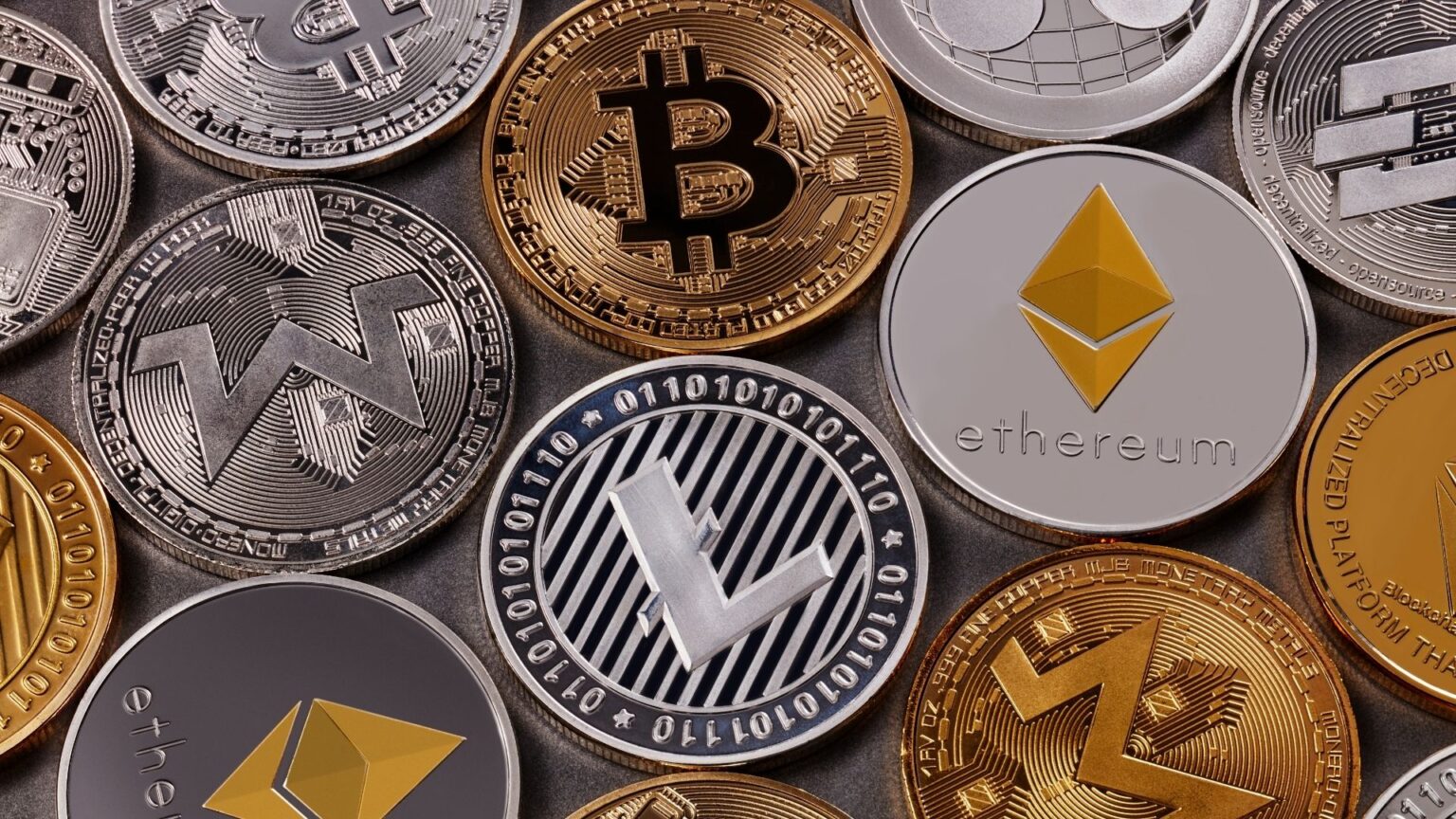From “Altcoins” to “Tokens,” the Crypto Universe is Massive. Let’s Break Down What They Are, Why There Are Thousands, and What to Keep in Mind Before Diving In.


So, you’ve got a handle on Bitcoin, the digital gold, and Ethereum, the world computer. You’re probably thinking, “Okay, I’m starting to get this crypto thing.” But then you hear about Dogecoin, Cardano, Solana, and a thousand other names, and it feels like you’re back at square one, right? Don’t sweat it. The crypto world is vast, but the underlying concepts are more connected than you might think.
At their very core, cryptocurrencies are digital or virtual currencies that use cryptography for security. That “crypto” part is key – it’s all about advanced encryption techniques used to secure transactions, control the creation of new units, and verify the transfer of assets. Think of cryptography as creating unique digital fingerprints (known as hashes) for transactions and using digital signatures to prove ownership, all making the system incredibly secure and fraud-resistant. These are like digital tokens that exist only in the digital realm, usually not issued or backed by any central bank or government like your traditional dollars, euros, or Turkish Lira. This independence from central authorities is a massive part of their appeal for many.
You’re already familiar with the engine that powers many of them: the blockchain. That super-secure, shared digital ledger we talked about with Bitcoin and Ethereum? It’s the foundational technology for a huge number of cryptocurrencies. It allows for transparent and tamper-proof record-keeping, which is a big part of their appeal and functionality. Because this ledger is “distributed” – meaning copies are held by many computers around the world – there’s no single point of failure. If one computer goes offline, the network keeps running.
But how does everyone on this distributed network agree on what transactions are valid and what the current state of the ledger is? This is managed by something called a consensus mechanism. You’ve heard of Proof-of-Work (PoW), the system Bitcoin uses, where “miners” solve complex puzzles to validate transactions and create new coins. Then there’s Proof-of-Stake (PoS), used by Ethereum (since its major upgrade) and many others. With PoS, users “stake” their own coins as collateral to get a chance to validate transactions and earn rewards. The idea is that those with a financial stake in the system are incentivized to act honestly. There are other consensus mechanisms too, each with its own trade-offs in terms of speed, security, and energy efficiency, but PoW and PoS are the big ones you’ll hear about most. While blockchain is dominant, it’s worth noting a few projects explore other distributed ledger technologies, like Directed Acyclic Graphs (DAGs), aiming for even greater scalability.

“Okay,” you might be thinking, “if Bitcoin was the first and it works, why on earth are there thousands of other cryptocurrencies out there?” These are often called “altcoins” (short for alternative coins). The explosion of altcoins happened for a bunch of reasons:
- To Improve on Bitcoin: Some projects looked at Bitcoin and thought, “We can do this faster, cheaper, or with more privacy.” Litecoin, for example, was one of the earliest altcoins, aiming for quicker transaction times. Privacy-focused coins like Monero or Zcash aim to make transactions much harder to trace.
- To Power New Platforms: Just like Ether is the fuel for the Ethereum platform and its smart contracts, many other “Layer-1” blockchains (the foundational blockchains) like Solana, Cardano, or Avalanche have their own native coins that power their ecosystems, enabling dApps, DeFi, and more.
- For Specific Use Cases (Utility Tokens): Some tokens are designed for a very particular purpose within a specific application or platform. Imagine a token that gives you access to premium features in a decentralized social media app, or one used to buy and sell in-game items in a blockchain-based game.
- Experimentation and Innovation: The crypto space is like a giant tech laboratory. People are constantly trying out new ideas for governance (how projects are managed), tokenomics (the economics of a coin), and new technological approaches.
- And yes, sometimes just for fun or speculation: We can’t ignore meme coins like Dogecoin or Shiba Inu, which often start as jokes, gain massive community followings, and become driven largely by hype and social media trends, though some try to build utility later on.
You’ll also hear the terms “coins” and “tokens” thrown around, and while they’re often used interchangeably, there’s a subtle difference. Generally, coins (like Bitcoin, Ether, Solana’s SOL) are the native asset of their own blockchain. They are the foundational currency of that specific network. Tokens, on the other hand, are usually built on top of an existing blockchain, most commonly Ethereum (you’ll see “ERC-20 token” a lot, which is a standard for tokens on Ethereum). Tokens can represent a huge variety of things:
- Utility Tokens: Give you access to a product or service (e.g., Filecoin’s FIL for decentralized storage).
- Governance Tokens: Give holders voting rights in a project’s future development, often seen in Decentralized Autonomous Organizations (DAOs).
- Non-Fungible Tokens (NFTs): These are unique! “Non-fungible” means each token is one-of-a-kind and can’t be replaced with another identical one (unlike a Bitcoin, where one Bitcoin is the same as another). NFTs represent ownership of unique digital items like art, collectibles, virtual land, or even event tickets.
- Security Tokens: These aim to represent traditional assets like stocks or bonds. They’re in a much trickier regulatory space.
- Stablecoins: These are a crucial part of the crypto world. They aim to maintain a stable value by being pegged to a real-world asset, usually a fiat currency like the US dollar (e.g., USDT, USDC) or sometimes other assets. They act as a bridge between traditional finance and crypto, providing a less volatile way to hold funds or facilitate trading within the crypto markets.
So, with all this variety, why are people drawn to cryptocurrencies? The allure is multifaceted:
- Potential for High Returns: Let’s be real, the stories of people making huge profits have drawn many in. But this comes with equally massive risk.
- Technological Innovation: Many are fascinated by the underlying technology and its potential to disrupt traditional systems.
- Financial Inclusion: For some, crypto offers a way to access financial services, especially in regions where traditional banking is inaccessible or unreliable.
- Decentralization & Censorship Resistance: The idea of a financial system not controlled by a single entity is powerful for many.
- Transparency: For many public blockchains, anyone can view the transaction history, which can bring a level of openness.
- Potentially Lower Transaction Costs: Especially for international transfers, some cryptocurrencies can offer cheaper and faster alternatives, though this varies widely.
However, it’s absolutely crucial to understand the risks and downsides, which are significant:
- Extreme Volatility: This can’t be stressed enough. Prices can skyrocket, but they can also plummet dramatically and quickly. Never invest more than you can afford to lose.
- Scams, Hacks, and Fraud: The crypto space, being relatively new and sometimes poorly understood, attracts bad actors. Phishing scams, fake projects (“rug pulls”), and exchange hacks are unfortunately common. The “Wild West” reputation isn’t entirely undeserved.
- Lack of Regulation & Investor Protection: While this is changing, in many parts of the world (including Türkiye, where regulations are evolving), the level of investor protection is far less than in traditional financial markets.
- Complexity: There’s a steep learning curve. Understanding the technology, different projects, and how to securely manage your assets takes time and effort.
- Security Responsibilities: If you hold your own crypto (self-custody), you are your own bank. This means you are solely responsible for securing your private keys. If you lose them, your crypto is likely gone forever. The phrase “not your keys, not your crypto” is a common mantra.
- The “Do Your Own Research” (DYOR) Imperative: Never rely on a single source or social media hype. Thoroughly research any project before considering investing.
In conclusion, the world of cryptocurrencies is far more than just Bitcoin. It’s a sprawling, incredibly diverse ecosystem of digital assets, platforms, and communities, each with its own goals, technologies, and risks. It’s a space of rapid innovation, offering tantalizing possibilities for the future of finance, technology, and even social organization. But it’s also a landscape fraught with volatility and potential pitfalls. Approaching it with curiosity, a healthy dose of skepticism, and a commitment to continuous learning is the best way forward.







